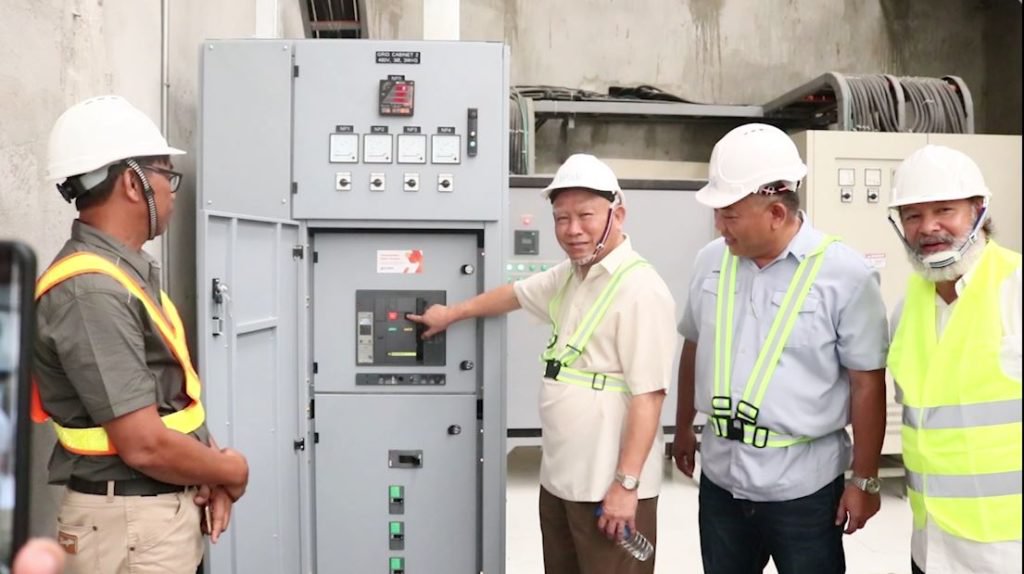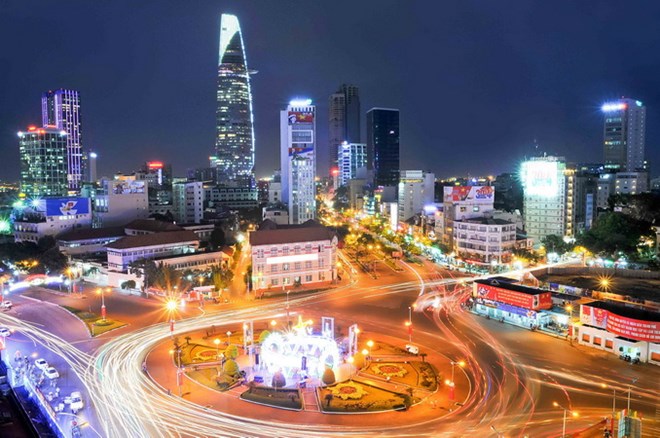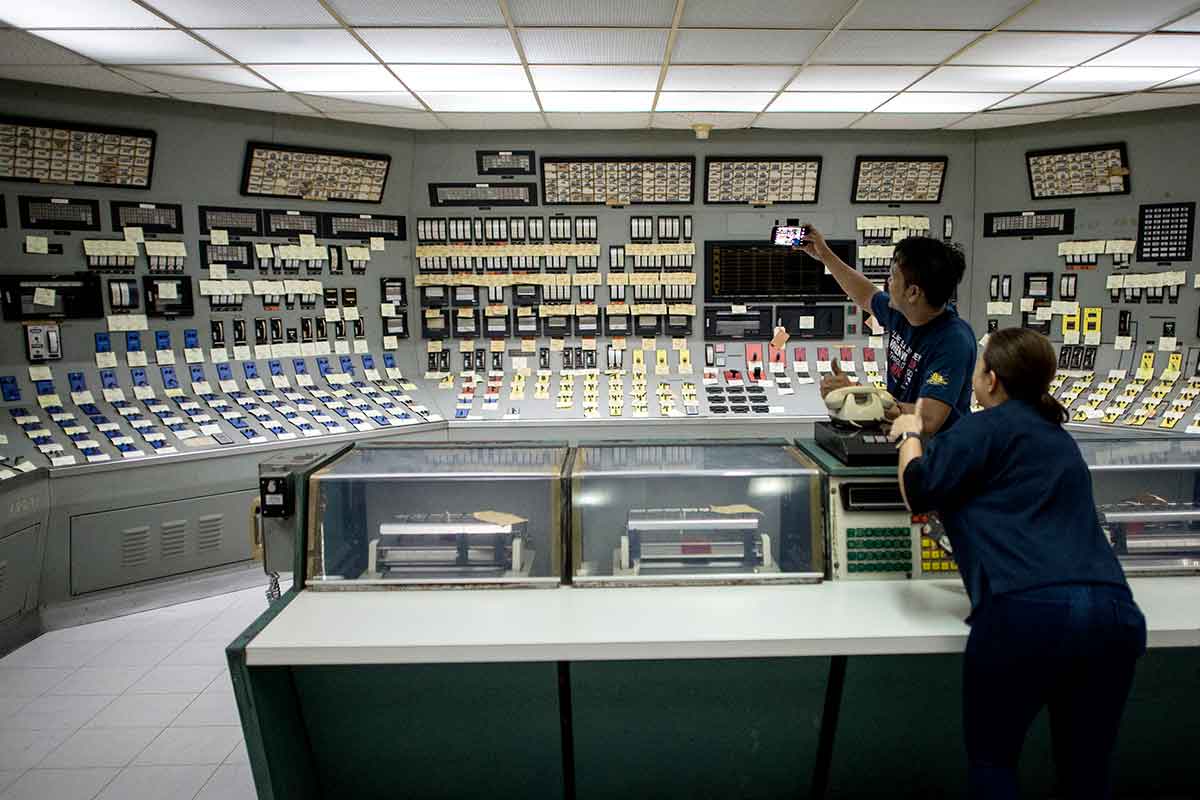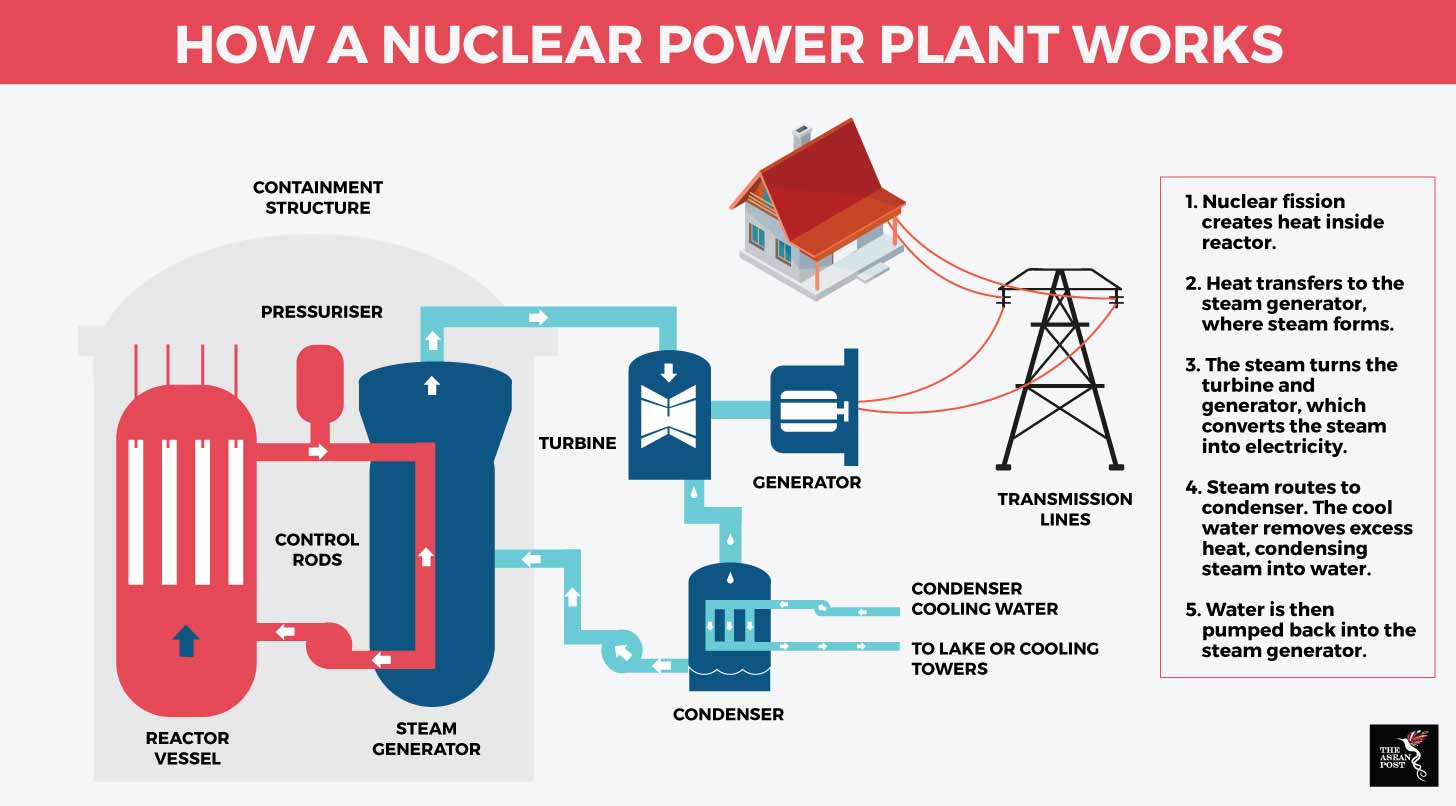MAMBAJAO, Camiguin – Lone district Representative Xavier Jesus Romualdo on Thursday called on the island province’s electric provider to act on its staggering financial losses, saying any disruption in electric services could threaten Camiguin’s thriving tourism industry.
Data obtained from the Camiguin Electric Cooperative (Camelco) showed that the power utility’s debt has already ballooned to PHP426 million over the years.
Romualdo said Camelco’s “inability to properly manage its finances is unacceptable as it means there is neglect in the management” of the power utility.
Joanne Lapeciros, Camelco finance manager, said the electric cooperative has been in the red since she started working for the firm in 2007.
The losses, Lapeciros conceded, were primarily “due to mismanagement, excessive salaries and perks of its officials, and inability to pay loans to government agencies and obligations from its power suppliers”.
Romualdo said the situation has reached an alarming level that he was compelled to initiate a congressional hearing attended by Camiguin power consumers, local government officials, Camelco management, and representatives from the National Electrification Administration (NEA) and the Energy Regulatory Commission (ERC).
The March 18 congressional hearing held in this town has exposed that Camelco’s dire financial conditions are untenable, the lawmaker said.
Romualdo, chairman of the Good Government and Public Accountability and vice chairman of the Energy committees of the Lower House, feared that Camelco’s losses would bleed into the island’s economy–especially its tourism sector.
He noted that Camiguin has been touted as one of the best tourist destinations in the country, where people flocked all year round for its white sand beaches, falls, springs, dive spots, and other attractions.
Based on its financial statement in 2017, Camelco’s debts to its power suppliers have reached PHP76.5 million. Last year, the utility incurred debts of about PHP47 million.
Camelco sources its electricity through a power supply agreement (PSA) from FDC Misamis Power, which supplies the utility with four megawatts; King Energy Generation Inc., two megawatts; and GN Power–which has yet to go online–one megawatt.
Camiguin’s electricity users are currently paying PHP16.45 per kilowatt hour, considered as of the more expensive rates in Northern Mindanao.
Camelco’s current contracted power supply is 10.73 megawatts, but it is using only less than a half of that, at 4.7 megawatts.
With expected operation of GN Power to go online, Romualdo said Camelco’s consumers could end up paying PHP21 per kilowatt hour, which could be the highest in Mindanao.
The congressman said the exorbitant electricity rate was due to “over contracting” as Camelco went into deals with power producers more than its required need.
To lower the island’s electric rate, the lawmaker proposed that Camelco cancel its contract with KEGI.
“The problem with this PSA is that it is over contracted and we (consumers) are paying for this,” Romualdo said.
Meanwhile, Mambajo Mayor Jurdin Jesus Romualdo expressed fears that the island’s power problems could drive away potential investors or make the existing ones flee.
The elder Romualdo said he is even considering on filing charges against the Camelco management and directors for their supposed failure to address the losses and to the NEA and ERC for allegedly allowing the utility’s financial problem to spin out of control.
For his part, NEA official Legardo Galang Jr. said they will conduct their own investigation to determine who is answerable for Camelco’s poor financial conditions. (PNA)








